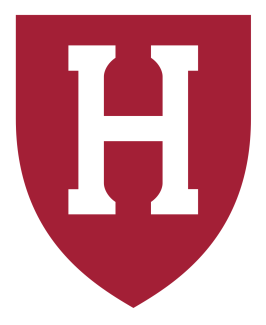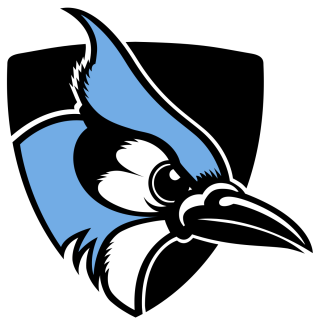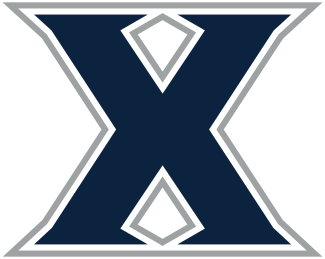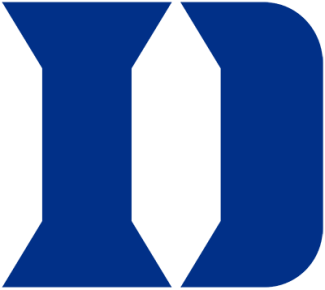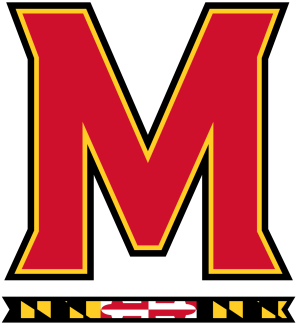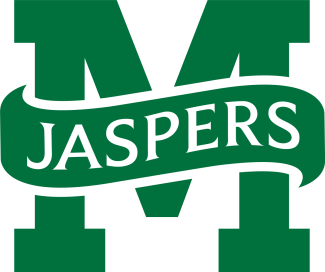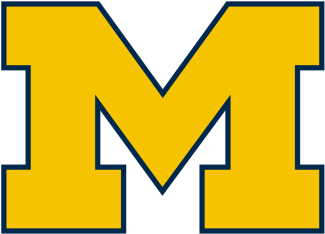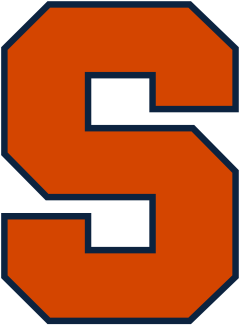Dylan Hess’ lacrosse career is a purely 21st-century tale.
It all started with an Xbox.
Hess was 10 years old, and his parents wanted to find an outlet for their son that wasn’t football. There was also some urgency to do it well before his high school years so he could have experience by the time his athletic career got serious.
A deal was struck, one that’s reverberated into the midfielder’s freshman year at Georgetown.
“My dad promised me an Xbox 360, and of course I couldn’t pass that up,” Hess said. “It helped that my next-door neighbor was a goalie for another school in the area. Initially, I started as a goalie my first year of lacrosse, but my mom hated how much I was getting hit and thought it was a waste of how fast I was. Immediately, she bought me a short [stick] and I went to work.”
He hasn’t stopped, developing into one of the best all-around freshmen in the country in his first season with the fifth-seeded Hoyas (13-2), who meet fourth-seeded Virginia (11-4) in Saturday’s NCAA quarterfinals in Hempstead, N.Y.
His 17 goals and seven assists — commendable if not eye-catching numbers — don’t fully reflect how much value he’s provided Georgetown as a defender, an option on faceoff wings and a transition threat. And he’s found a groove the last two weekends, scoring three goals against Denver in the Big East final and four more in a first-round rout of Syracuse.
“The way he has come into this year and embodied the role he’s taken on as a true freshman, I don’t think has been done in a long time at the level he’s performing,” fifth-year attackman Jake Carraway said. “He’s an instrumental player who I believe could have been a first team All-American compared with any of the guys on that list. He’s a specimen who can do it all on defense, can do it all on offense. He has an awesome future ahead of him — granted what he’s done this year is impeccable. He’s a workhorse. He trains harder than a lot of people I know.”
Hess didn’t have much else to do but train in the fall, when he remained at home in Ponte Vedra Beach, Fla., with Georgetown’s campus closed because of the pandemic. While a good chunk of the team worked out locally and there were regular team Zooms, the 6-foot, 195-pound Hess had to wait until the spring semester before joining the Hoyas in person.
Like in so many facets of life over the past 14 months, the unknowns were glaring.
“I would say it was a lot of prepping for the worst,” Hess said. “By that I mean, I didn’t know what to expect and that definitely scared me a little bit going in just because it’s my freshman year, and I didn’t really have a concept of what college is in a regular year, so who knows what it would be like in a COVID year?”
It’s telling that even without fall ball and a preseason influenced by virus protocols, Hess began the year on the Hoyas’ first midfield. When junior attackman Dylan Watson returned from injury in early April, coach Kevin Warne and his staff bumped Colgate transfer Nicky Petkevich to midfield.
That left them selling Hess on a new role. He wouldn’t start, but he would probably play more. And Hess, a two-way midfielder in high school before missing his senior year with injury and then the pandemic cancellation, was thrilled.
“We always kind of thought about it, and midseason we said, ‘Listen, we just need to get him on the field,’” Warne said. “As coaches, we have to be smart enough to say, ‘This is what a kid does really well, let’s not put him [in a box] and say he’s just an offensive middie.”








